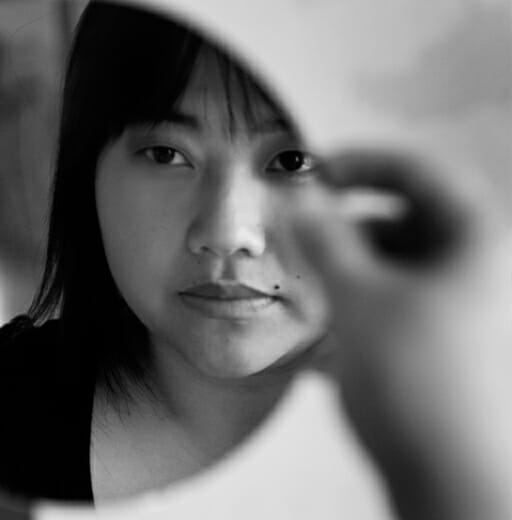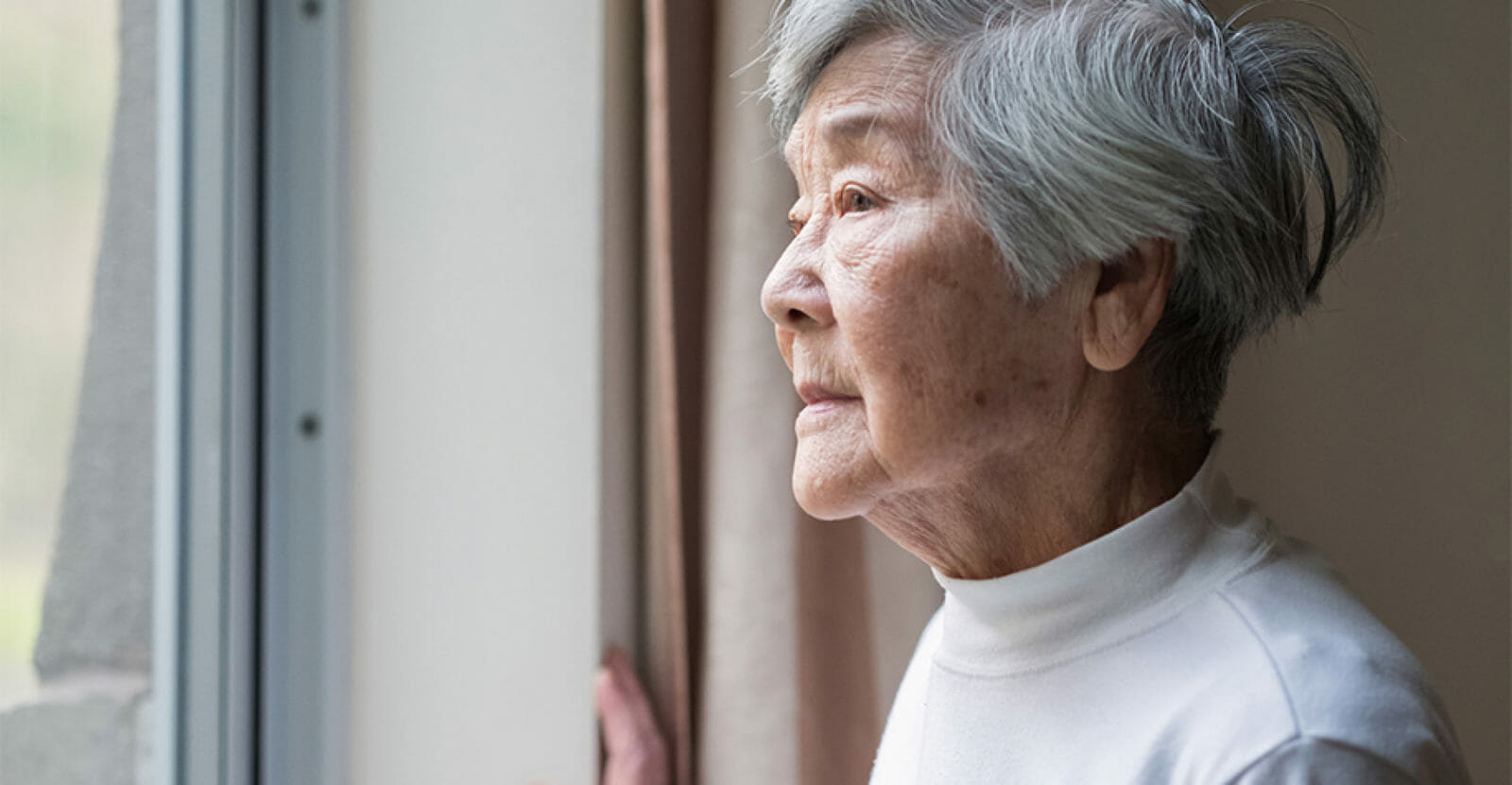“Singing the Way Home” – the pandemic impact on Hmong cultural traditions.
In 2020, the Raymond J.Christensen Foundation funded a unique project which brought three filmmakers together to record and share the effects of the COVID pandemic on the Hmong community in Minnesota. Although we primarily fund projects in the post-production and distribution phase, we felt that this project and the vision of the filmmakers was important for us to support and so we awarded a grant for development.


May Lee-Yang, a Twin Cities-based Hmong American writer, artist, filmmaker, and teacher, realized the profound impact this health crisis had on her culture and community and how the effects of the pandemic are affecting the very essence of her people. She is collaborating with Melissa Bong and Yang Wa on this feature-length documentary film.
“Singing the Way Home” is a documentary about how the COVID pandemic has changed the way Hmong people say goodbye to the dead. Traditionally, the Hmong funeral lasts for four days, with the house open to the public for 24-hours each of those four days. Family members and friends keep a vigil for 30 days out of respect. Debts are settled. Goodbyes are said through chanted poetry which is the language we use to send the dead into the afterlife. A Shaman walks the spirit through the geographies of their life until they return to the place where they were born, which becomes their final resting place. But, with the pandemic, all of this has changed. This project explores ways in which the living have grieved alone, and whether the dead are resting in peace on the other side.”
At the Raymond J. Christensen Foundation, we can see the need for documentaries like this that could shine a light on Hmong culture and the devastating effects COVID has had on the community. At a time, when the mourning process has been altered or halted altogether, “Singing the Way home” is an homily of sorts, and chooses to interweave their past with the present to reveal what traditions will continue, and what traditions may fall to the wayside in a post-COVID world.
“We’re doing this documentary because we have to. There are so many people who need to be buried. Funeral homes have to limit the length of time people spend there. So, the funeral which normally lasts for four days is down to only one because of the pandemic. But, in what ways does this compromise the journey of the dead? Another way to think about it, if it doesn’t compromise the journey of the dead, is how can we continue these practices after the pandemic? Funerals are very financially crippling to families. A typical Hmong funeral can cost around $50,000. It can run a family into financial ruin and literally break them apart. This story is also about how things will change post-pandemic.”

After hearing about the project, we reached out to the filmmakers because we knew it was such an important time and a pivotal moment in the community to explore themes related to how we can mourn loss, not just loss of family and friends, but also of traditions.
Although the project is still in the early stages of development, Raymond J. Christensen Foundation chose this project because it aligns with our core values and our mission of nurturing community, collaboration and learning and to ensure that the grants help with the filmmaking process.
As an end result of the documentary and the ensuing project, the filmmakers hope to create a space for people to share their stories, process their grief and find community when community is so inaccessible.
“We filmmakers know that there are so many people who need a place to share and process their grief; people who want to be seen or who want to see others. To start, we want to create an interactive website where people can share their stories. Right now we’re calling it the “Grieving Wall”, because it’s where these stories can live. It’s an open invitation for people to share their experiences. We hope the website can be a space where people can find or create community. Conversely, it’s also an opportunity for us to also find folks who we could potentially interview for the project. It’s a living document for this whole project.
Moreover, I’m curious about what is lost. Of course lives have been lost, but I’m also thinking about the stories, histories, and knowledge base that is now gone because the generation before us were all orally based.”
As documentary filmmakers, there’s always something new to be learned, experienced or shared. “Singing The Way Home” is a knowledge which will grow, blossom and bloom, and with help from organizations such as the Raymond J. Christensen Foundation, we hope to continue to nurture and encourage the next generation of documentary filmmakers as leaders in moving forward their narrative and embracing their stories, wisdom and knowledge to share with others in hopes we can learn and grow from their lived experience.